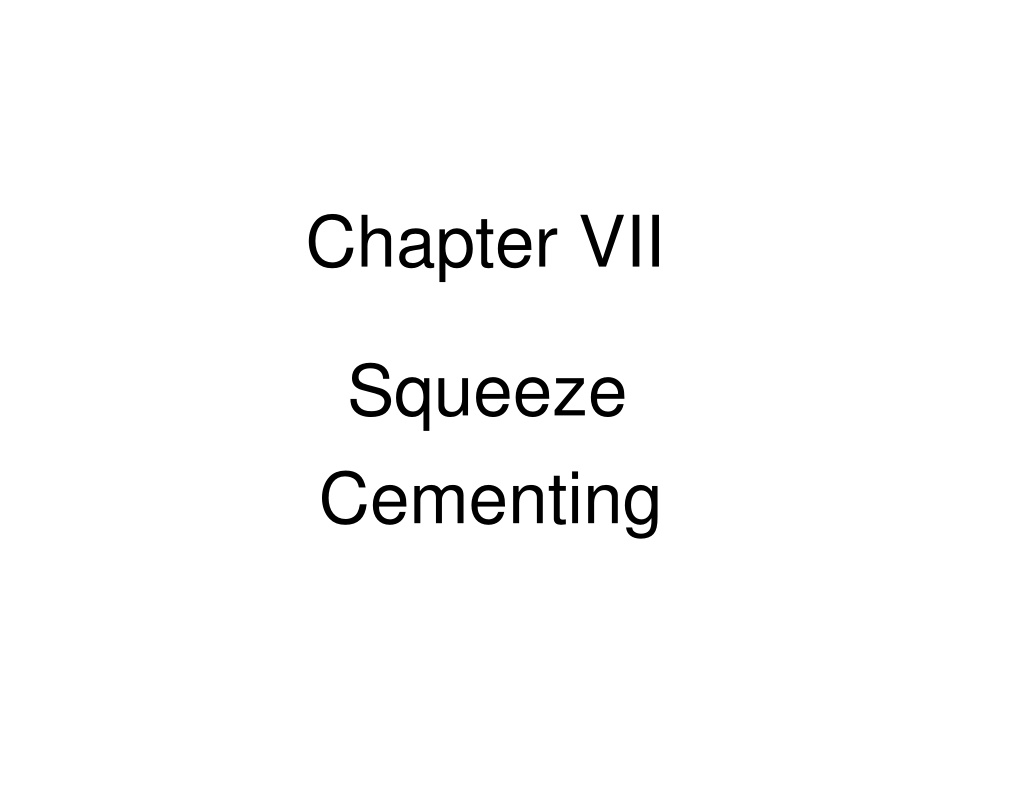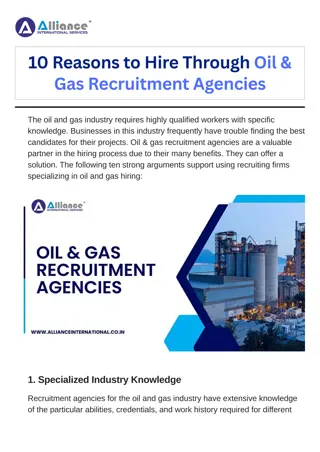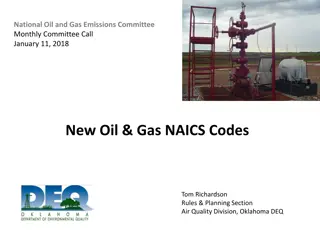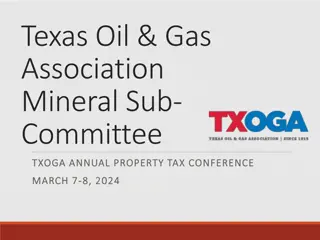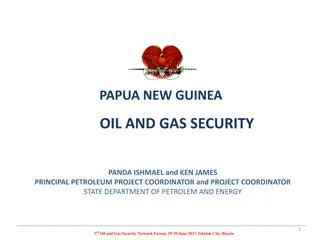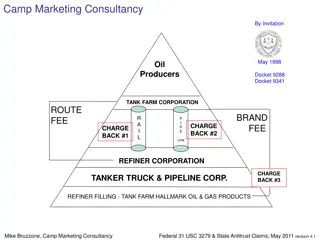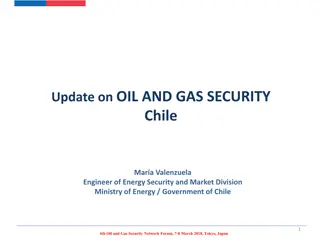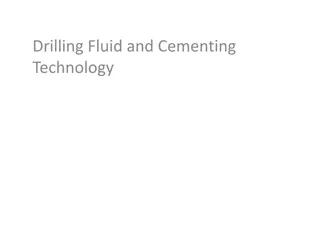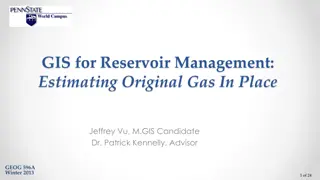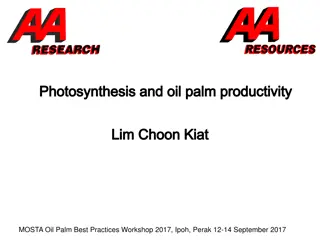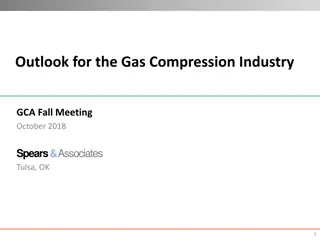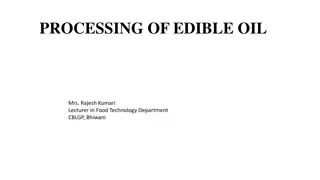Well Cementing Procedures in Oil and Gas Industry
Learn about the important procedures involved in well cementing for remedial repair, cement squeezing at different pressures, packer operations, and water loss control using low water loss cement. Understand the steps involved in pump cementing under pressure, successful high-pressure squeezes, and the options for dealing with the set cement. Explore the significance of reverse cementing and the importance of controlling water loss for effective well cementing.
Download Presentation

Please find below an Image/Link to download the presentation.
The content on the website is provided AS IS for your information and personal use only. It may not be sold, licensed, or shared on other websites without obtaining consent from the author.If you encounter any issues during the download, it is possible that the publisher has removed the file from their server.
You are allowed to download the files provided on this website for personal or commercial use, subject to the condition that they are used lawfully. All files are the property of their respective owners.
The content on the website is provided AS IS for your information and personal use only. It may not be sold, licensed, or shared on other websites without obtaining consent from the author.
E N D
Presentation Transcript
Chapter VII Squeeze Cementing
Remedial procedure repair casing leak excessive gas or water production - coning abandon a producing interval repair of primary cementing failures
Pump cement under pressure into: formation voids porous zones other issues listed earlier P > formation pressure = high < formation pressure = low
High Pressure Squeeze ~ 50 % successful (at best) Fractures are vertical NOT horizontal.
1950's - Low Pressure Squeeze Displacing water out (squeezing) of the cement. Too fast = flash set
Bull heading required if packer is closed But open the packer allows circulation coning Once cement is spotted set the packer $ apply pressure 200-500 psi @ surface
9.5 lb/gal SW x 0.052 = 0.465 psi/ft normally pressurized 465 psi 465 psi 200 - 500 psi overbalanced
Once cement has been placed: 2 options 1.) Let it set then drill it out 2.) Release the packer and "reverse" cement out.
"Reverse" out means Pump down the annulus and return excess cement up the tubing. Cement stays in perfs because 1. Cement in perfs has set 2. Flow direction
Doing this right requires water loss control ! Ordinary cement loses water too quickly
LWL - Low water loss cement. Measure water loss cc/30 min 1000 cc/30 min 300 cc/30 min 150 cc/30 min 25 cc/30 min
Placement Techniques Bradenhead Technique: (no packer or release packer) Tubing below perfs. Hole full of water Casing value open Spot cement Close casing valve Raise tubing above cement Reverse out excess cement
Casing bears the full pressure - Eliminates this method for high pressure squeeze - hole has to be full of water to start
Packer Method Set packer after cement is spotted Squeeze Release packer Reverse out cement
Designing a squeeze job. - Design slurry. - pumping time - avoid flash setting (low end of water loss) (high end of water loss) class G: depth > 6000ft add retarder
Avoid Formation Fracture Fracture gradient of the formation Defines - the maximum surface pressure you can use
Fracture gradient = 0.6 psi/ft @ 10,000ft what pressure fractures the formation = 6000 psi Fill hole with 10 lb/gal saltwater 10 lb/gal x 0.052 x 10,000 ft = 5,200 psi 800 psi at surface 800 psi + 5,200 psi downhole
1800 psi Pfrac 6000' hole 4339 psi 6000 ft Psurface = 0.72 psi/ft q stepwise test Pbh = 1800 psi + (6000 x 0.052 x 8.33) 60 = 4339 psi
Maximum Surface Pressure 2 fluids saltwater cement Safety Margin = 300 psi fracture gradient = 0.75 psi/ft
Maximum PBH Pfrac = 6975 ft 0.75psi/ft = 5231 psi - 300 psi = 4930 psi DO NOT EXCEED
